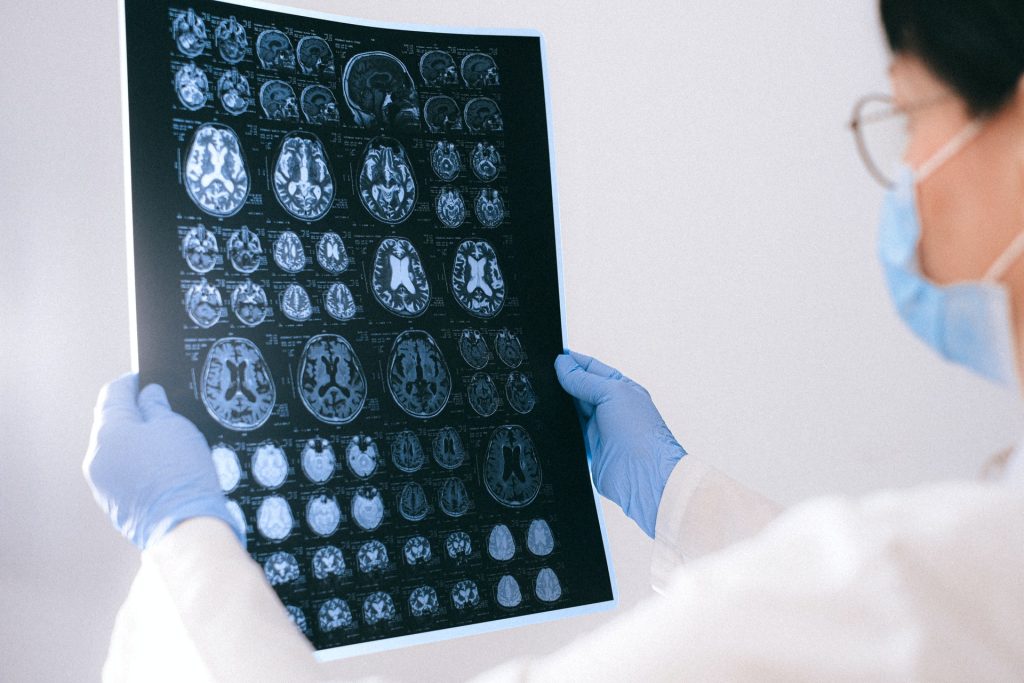Cancer-killing Virus Therapy Shows Promise for Glioblastomas

Results of a new clinical trial involving the injection of an oncolytic virus – a virus that targets and kills cancer cells – directly into the tumour, with intravenous immunotherapy shows great promise for patients with glioblastoma according to results published in Nature Medicine.
Drs Farshad Nassiri and Gelareh Zadeh, neurosurgeons at the University Health Network (UHN) in Toronto, found that this novel combination therapy can eradicate the tumour in select patients, with evidence of prolonged survival.
Investigative work by the authors also revealed a new genetic signature within tumour samples that has the potential to predict which patients with glioblastoma are most likely to respond to treatment.
“The initial clinical trial results are promising,” says Dr Zadeh. “We are cautiously optimistic about the long-term clinical benefits for patients.”
Glioblastoma is a notoriously difficult-to-treat primary brain cancer. Despite aggressive treatment, which typically involves surgical removal of the tumour and multiple chemotherapy drugs, the cancer often returns, at which point treatment options are limited.
Immune checkpoint inhibitors are effective treatments for a variety of cancers, but they have had limited success in treating recurrent glioblastoma. This novel therapy involves the combination of an oncolytic virus and immune checkpoint inhibition, using an anti-PD-1 antibody as a targeted immunotherapy.
First, the team zeroed in on the tumour using stereotactic techniques and injected the virus through a small hole and a purpose-built catheter. Then, patients received an anti-PD-1 antibody intravenously, every three weeks, starting one week after surgery.
“These drugs work by preventing cancer’s ability to evade the body’s natural immune response, so they have little benefit when the tumour is immunologically inactive – as is the case in glioblastoma,” explains Dr Zadeh.
“Oncolytic viruses can overcome this limitation by creating a more favourable tumour microenvironment, which then helps to boost anti-tumour immune responses.”
The combination of the oncolytic virus and immune-checkpoint inhibition results in a ‘double hit’ to tumours; the virus directly causes cancer cell death, but also stimulates local immune activity causing inflammation, leaving the cancer cells more vulnerable to targeted immunotherapy.
Dr Zadeh and colleagues evaluated the innovative therapy in 49 patients with recurrent disease, from 15 hospital sites across North America.
UHN, which is the largest research and teaching hospital in Canada and the only Canadian institution involved in the study, treated the majority of the patients enrolled in the trial.
The results show that this combination therapy is safe, well tolerated and prolongs patient survival. The therapy had no major unexpected adverse effects and yielded a median survival of 12.5 months – considerably longer than the six to eight months typically seen with existing therapies.
“We’re very encouraged by these results,” says Dr Farshad Nassiri, first author of the study and a senior neurosurgery resident at the University of Toronto. “Over half of our patients achieved a clinical benefit – stable disease or better – and we saw some remarkable responses with tumours shrinking, and some even disappearing completely. Three patients remain alive at 45, 48 and 60 months after starting the clinical trial.”
“The findings of the study are particularly meaningful as the patients in the trial did not have tumour resection at recurrence – only injection of the virus – which is a novel treatment approach for glioblastoma. So, it’s really remarkable to see these responses,” says Dr Zadeh.
“We believe the key to our success was delivering the virus directly into the tumour prior to using systemic immunotherapy. Our results clearly signal that this can be a safe and effective approach,” adds Dr Nassiri.
The team also performed experiments to define mutations, gene expression, and immune features of each patient’s tumour. They discovered key immune features which could eventually help clinicians predict treatment responses and understand the mechanisms of glioblastoma resistance.
“In general, the drugs that are used in cancer treatment do not work for every patient, but we believe there is a sub-population of glioblastoma patients that will respond well to this treatment,” says Dr Zadeh. “I believe this translational work, combining basic bench science and clinical trials, is key to moving personalised treatments for glioblastoma forward.”
This is one of the few clinical trials with favourable results for glioblastoma over the last decade, and it was truly a team effort.
“The trial would not have been possible without our incredible OR teams, research safety teams and researchers – including Dr Warren Mason and his team at Princess Margaret Cancer Centre – and our brave patients and their families. We’re also grateful to the Wilkins Family for providing the funds to enable us to complete trials that advance care for our patients,” says Dr Zadeh.
The next steps for the group are to test the effectiveness of the combination therapy against other treatments in a randomised clinical trial.
“We are encouraged by these results, but there is still a lot of work ahead of us,” says Dr Nassiri. “Our goal, as always, is to help our patients. That’s what motivates us to continue this research.”
Source: EurekAlert!


